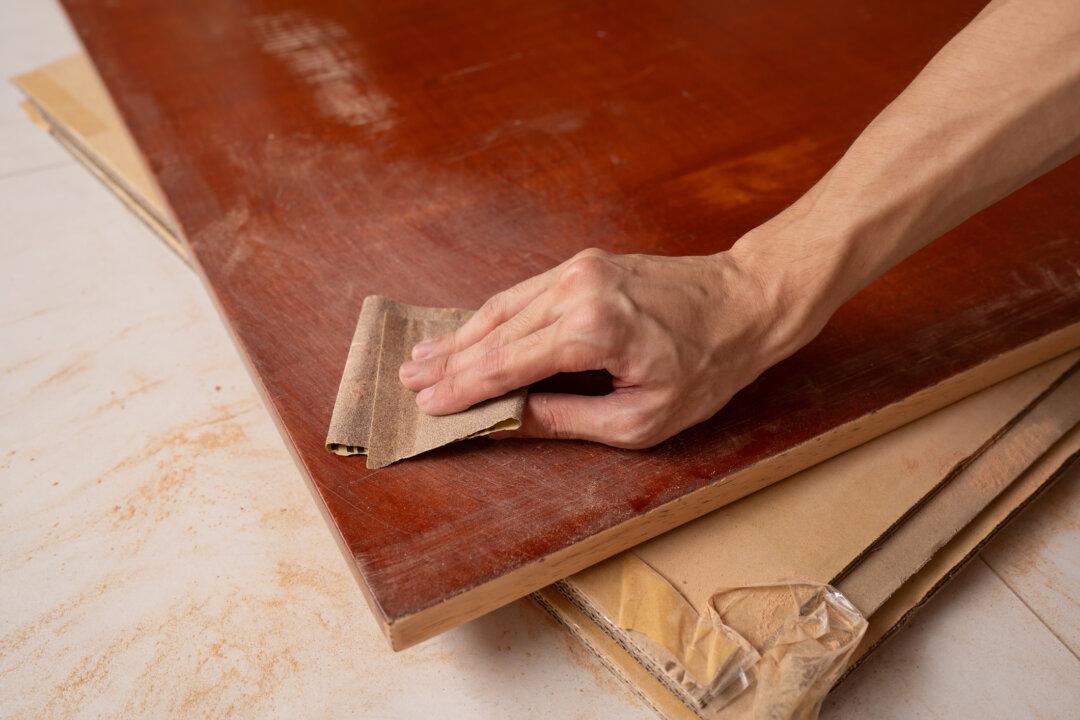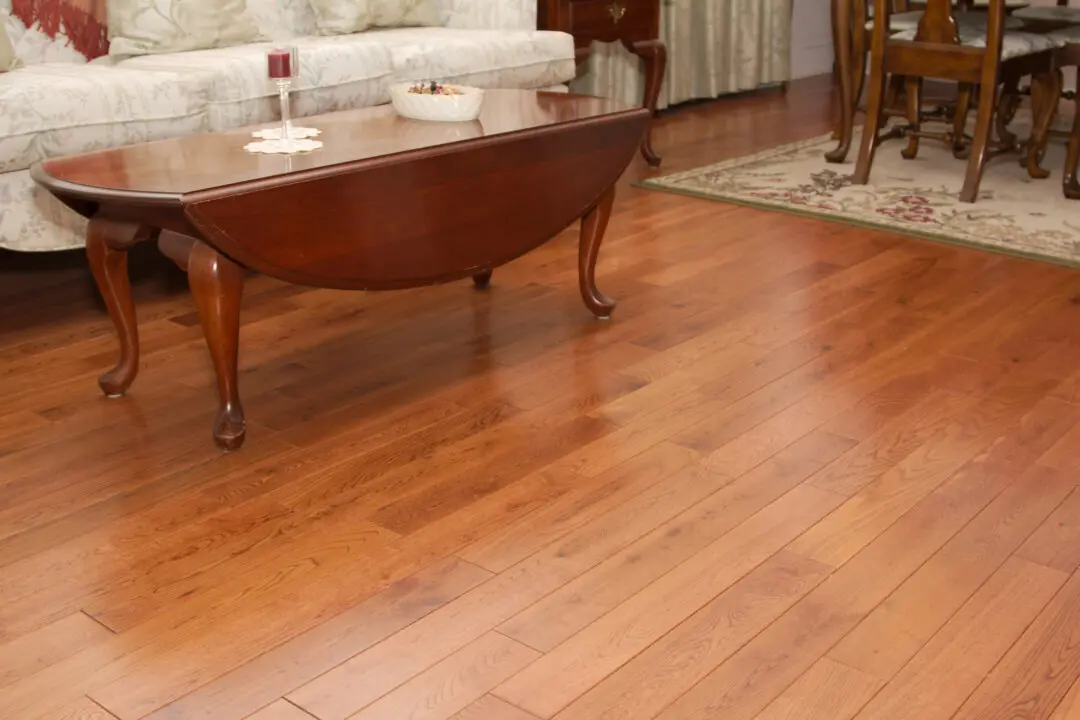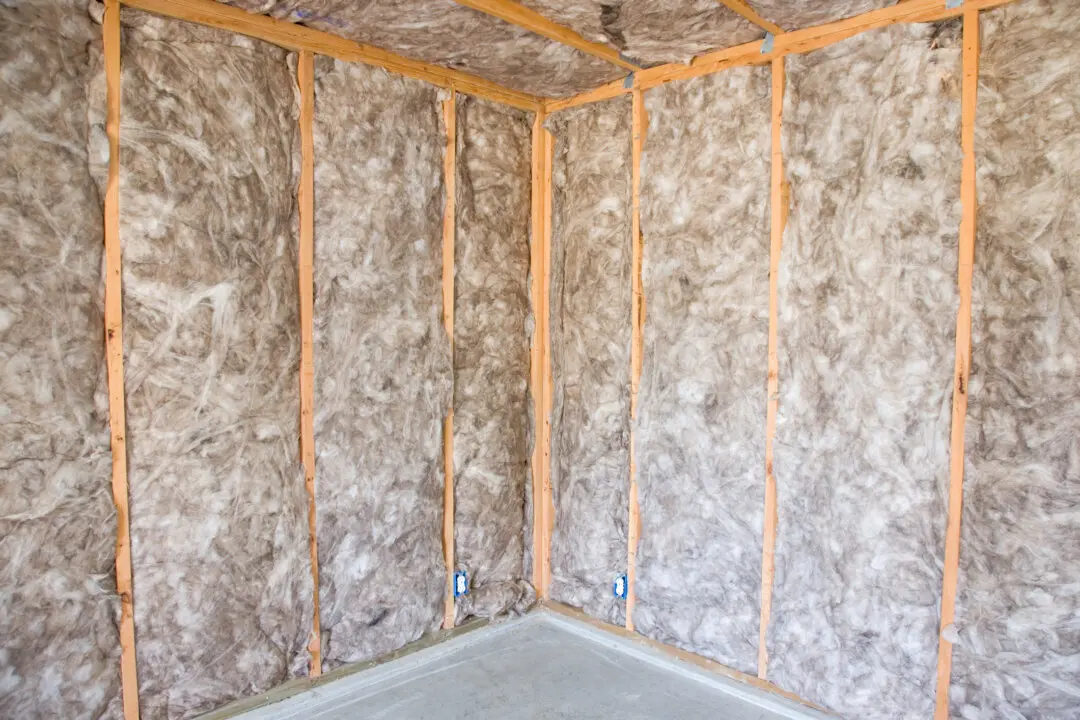Removing paint from wood is not a fun job. It’s time intensive and messy, very messy. But the end result is worth it because whether it’s a piece of furniture or window molding, the natural beauty of the wood is revealed.
You have the choice of having wood commercially stripped with harsh chemicals, which can damage the wood, but if you’re up for the challenge, it’s a job worth doing. However, if the wood is built in like a bookcase or stair banister which cannot be removed, hand-stripping is the only way we know.





